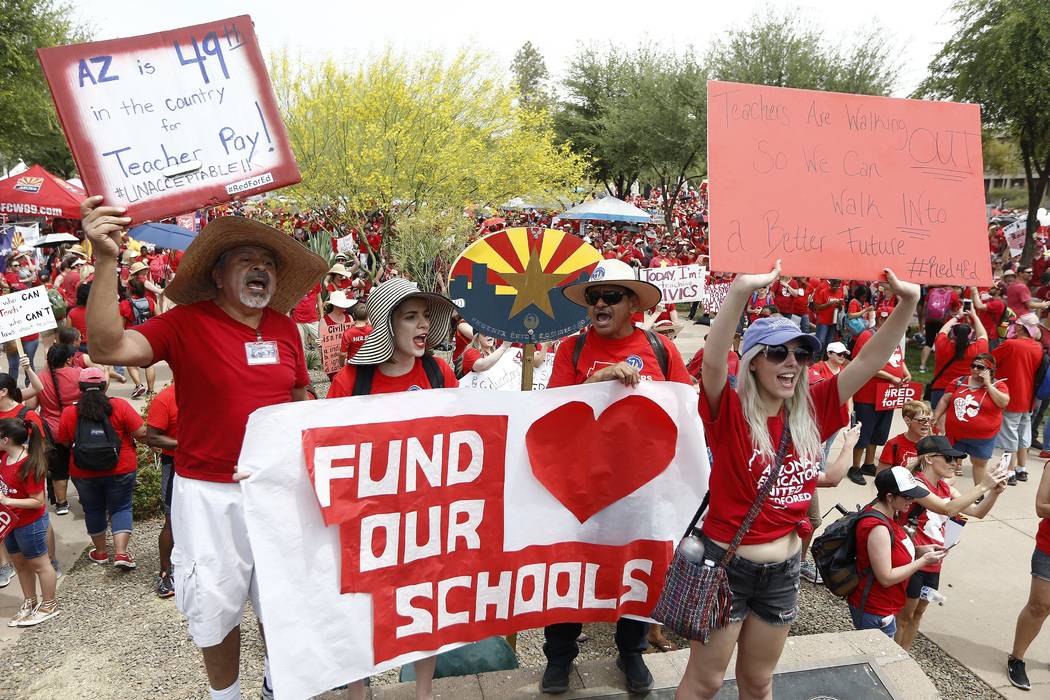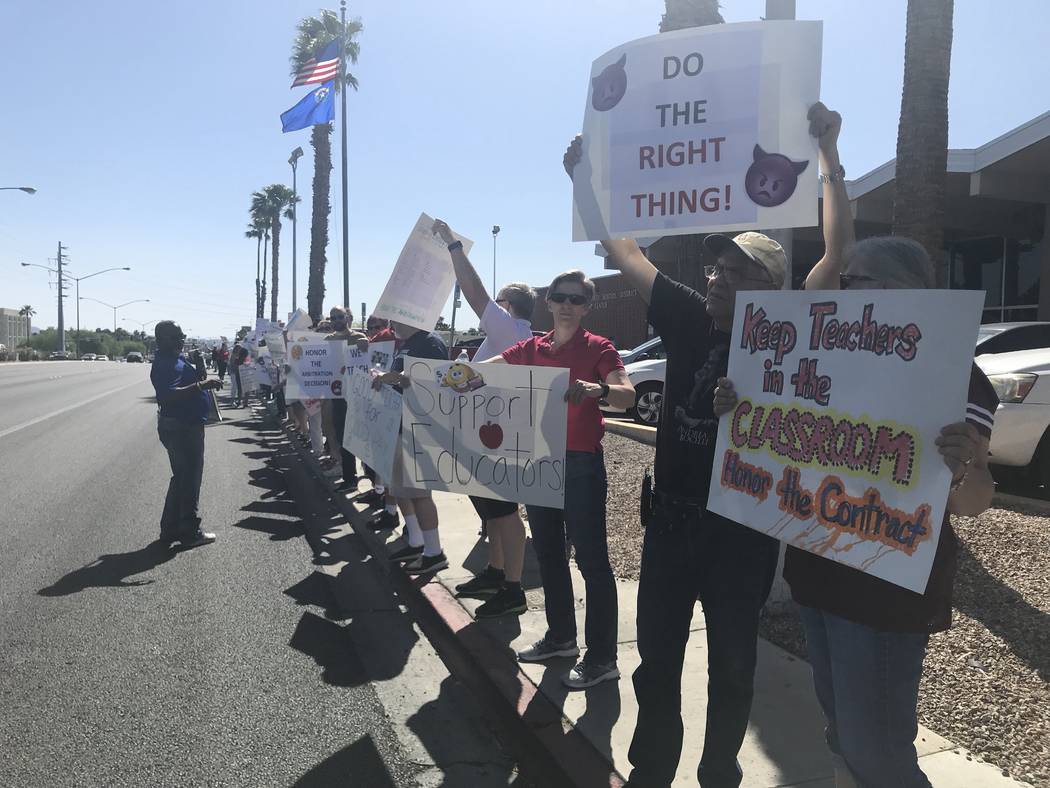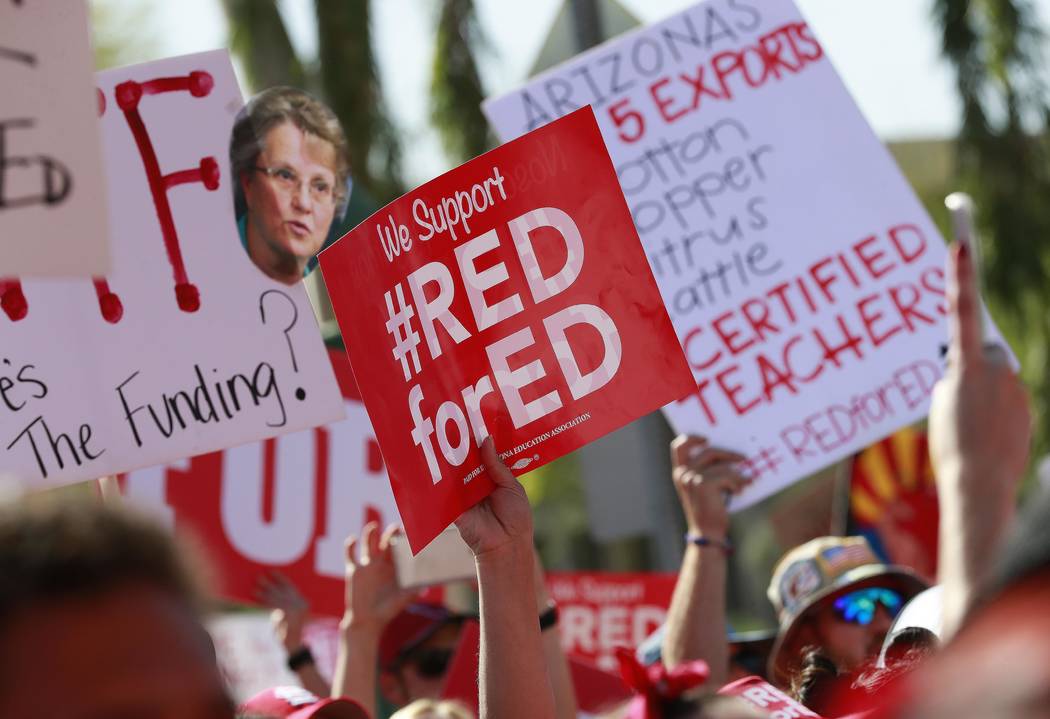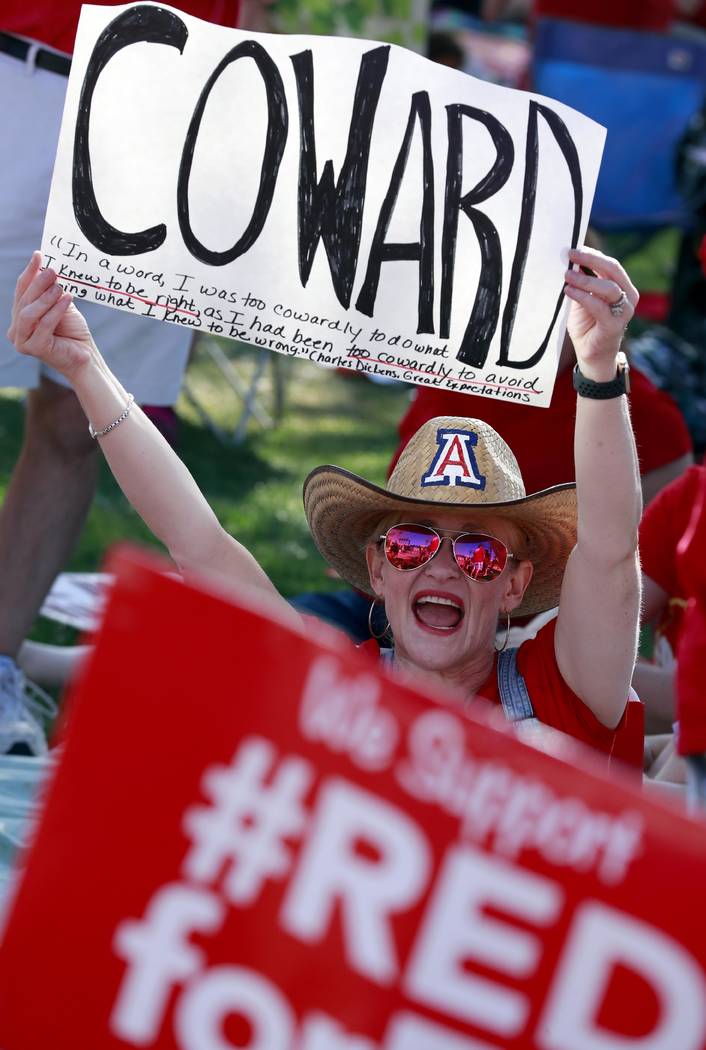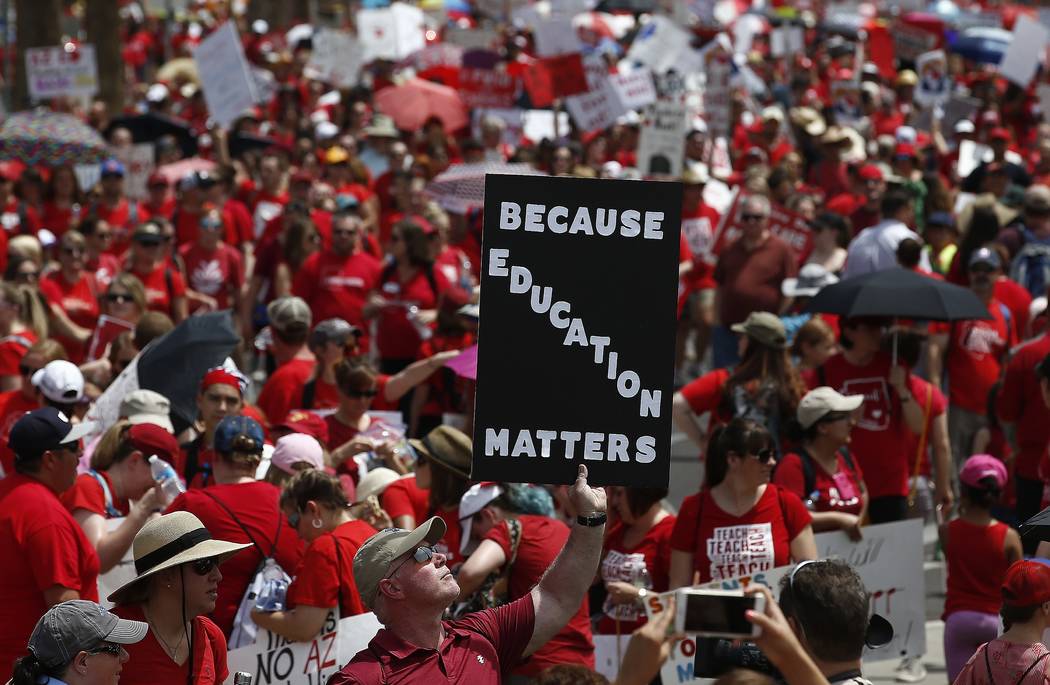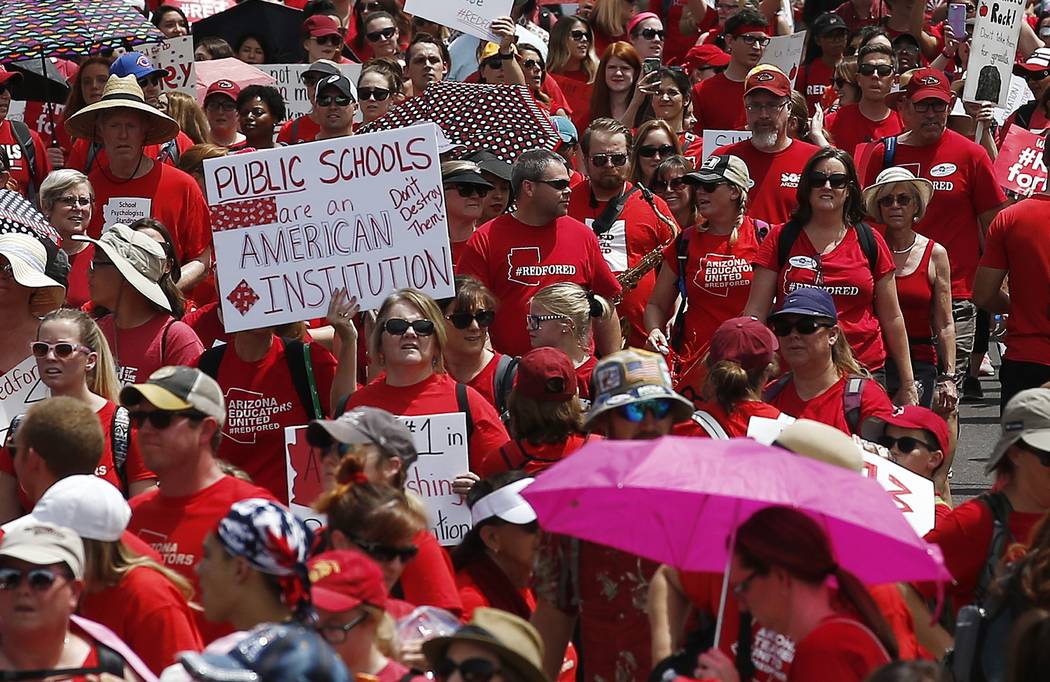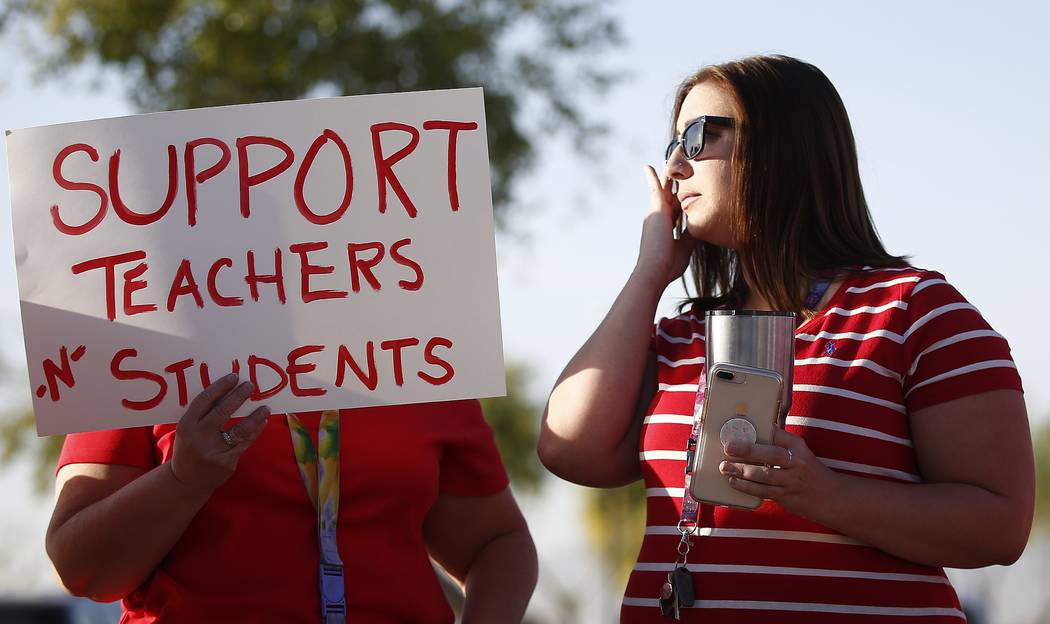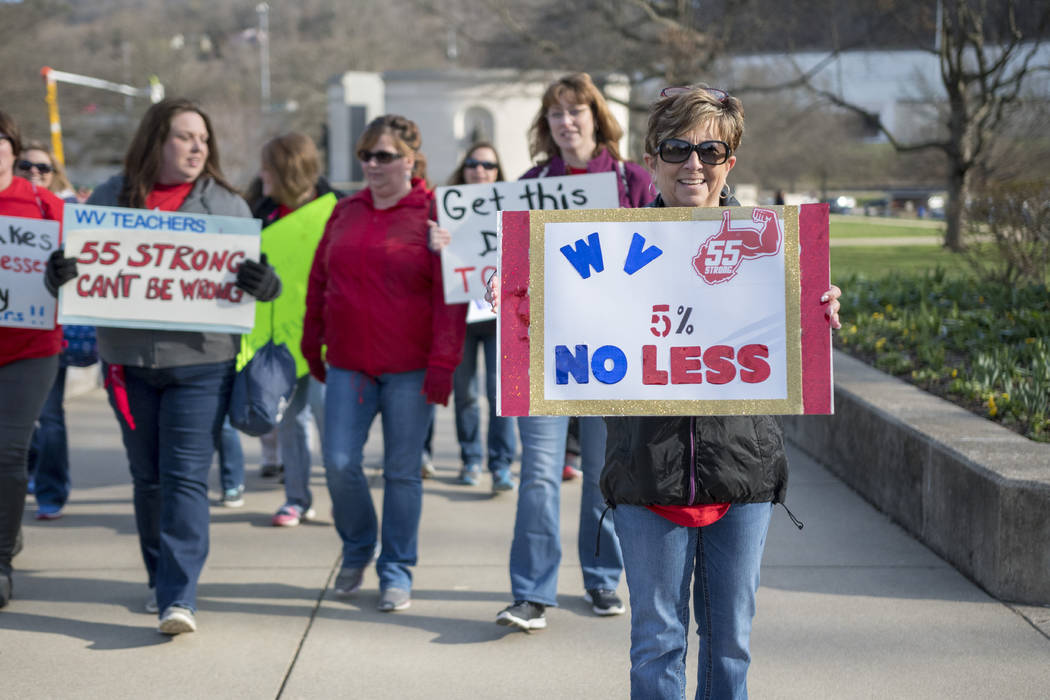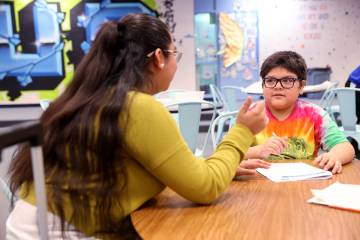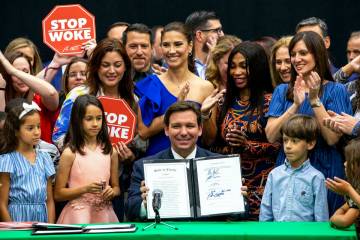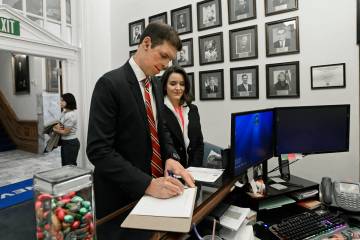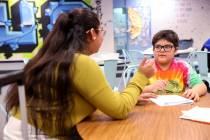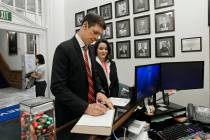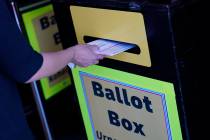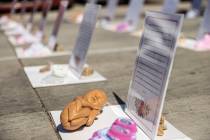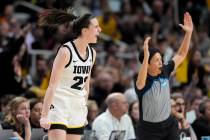How much CCSD teachers make will shock you
A first-year teacher at the Clark County School District will make $15.25 an hour — just in benefits.
He or she will make $31.53 an hour in pay, for a total compensation package of $46.78 an hour. If that seems like an incredibly high rate of pay for a 22-year-old college graduate, that’s because it is.
In 2017, Korn Ferry, a headhunting company, conducted an entry-level salary survey of 25 jobs available to recent college graduates. Software engineers topped the list with an average of $65,232. Assuming a 40-hour workweek, software engineers earn $31.36 an hour, which is less than a CCSD teacher.
That’s the bottom of the district’s pay scale. It only goes up from there.
A teacher in the middle of the pay scale makes $50.52 an hour in pay and $21.56 in benefits. That’s $72.08 an hour. At the top of the pay scale, teachers make $71.89 in pay and $28.52 in benefits for a total of more than $100 an hour.
While teacher compensation is high, student achievement isn’t. Just 29 percent of district fourth-graders are proficient in reading. Some teachers blame parents who are disengaged or students who come from poverty. Those are significant factors, but you can’t have it both ways. Either you’re a professional worth $46 to $100 an hour who can help students — despite their challenging backgrounds — or you’re grossly overpaid. Take your pick. You don’t get to argue both.
One reason teachers make a high hourly rate: The union contract limits the number of hours teachers work each year. Base teacher pay and benefits range from $60,600 to $120,400. Teachers can earn thousands more from extra teaching or coaching.
Most teachers work 189 days a year. New teachers have up to five extra days of orientation. Working five days a week equates to 260 days a year. At eight hours a day, that’s 2,080 hours of work a year. The teacher contract provides a workday of just 7 hours and 11 minutes, and that includes a “duty-free lunch” of 30 minutes.
Most teachers are contractually obligated to work just 1,264 hours a year, excluding their lunch break. First-year teachers work 1,297 hours. Around 15 percent of these hours consist of paid preparation time. At junior and senior high schools, teachers get “daily preparation periods during the student day.” In elementary schools, teachers get 250 minutes a week for preparation time.
Perhaps the easiest way to increase student achievement is to ensure teachers do more teaching.
Yes, some teachers work outside their contracted school day to maximize student learning during limited classroom hours. Good for them. They’re also the ones who should be most upset about the current system. Teachers earn more by being good students, not by being good teachers. The union contract allows teachers to earn seven $5,400 pay boosts for meeting continuing education benchmarks. It’s apparently irrelevant that a host of research shows getting a master’s degree “is not associated with teacher effectiveness.”
This is where public-sector collective bargaining leads. Employees make sky-high hourly compensation but feel underpaid because 30 percent of that goes to benefits. This includes union-run health insurance that may or may not pay the bills. Teachers earn raises via seniority and continuing education courses, not increasing subpar student achievement. This frustrates the best teachers, who watch ineffective employees make up to twice as much as they do.
The final telltale sign of collective bargaining is that rising personnel costs have forced the district to tell schools they need to cut $132 to $185 per student for next year. Here come the pink slips.
The next time you hear someone say teachers are underpaid, let them know what Clark County teachers actually make.
Victor Joecks’ column appears in the Opinion section each Sunday, Wednesday and Friday. Listen to him discuss his columns each Monday at 9 a.m. with Kevin Wall on 790 Talk Now. Contact him at vjoecks@reviewjournal.com or 702-383-4698. Follow @victorjoecks on Twitter.



